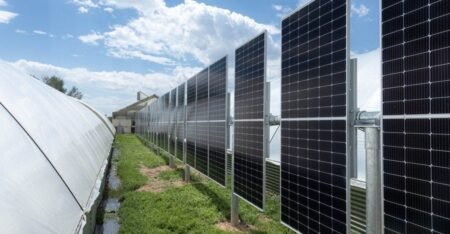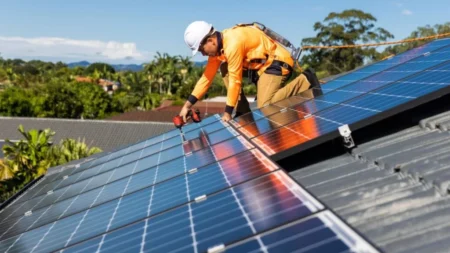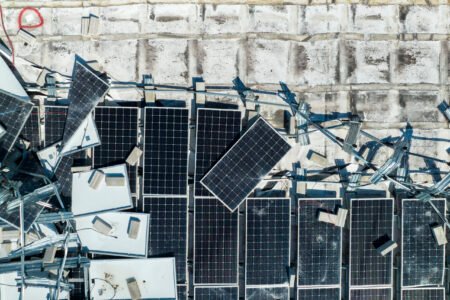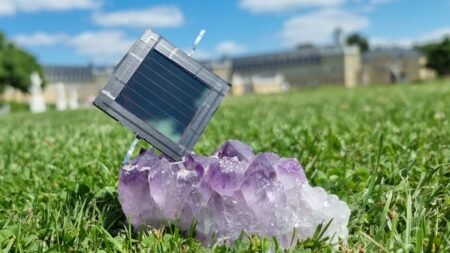Australia, the world’s largest coal exporter, currently uses coal for over 80 per cent of its domestic electricity generation.
Australian
Prime Minister Kevin Rudd said yesterday that since he wanted Australia
to be a ‘solar leader’ rather than a ‘solar follower’, Australia would
tap into its ‘biggest natural resource’ to build the world’s largest
solar energy plant.
The photovoltaic plant costing A$1.4
billion ($1 billion), will have an output of 1,000MW, which is
equivalent to that of one coal-fired power station will be able to
supply power to nearly 800,000 homes.
Currently, Australia’s energy capacity is 45,000MW.
The money
will come from the A$4.7 billion that Australia has committed to spend
on clean energy initiatives over the next decade. The tender details
will be finalised by this year and successful bidders will be named in
the first half of 2010.
The global economic crisis had put a
brake on Australia’s investments in environmental measures and the
announcement coincided with a huge protest demonstration against
Australia’s climate policies on a beach near Melbourne.
Australia
is one of the world’s worst carbon dioxide polluters per capita because
of its heavy reliance on abundant coal reserves. As the driest
continent after Antarctica, it is also considered one of the most
vulnerable countries to climate change.
Australia’s native
vegetation is being cleared at a rate amounting to a $2.4 billion
annual loss of stored carbon and Australia was still logging native
vegetation at a rate amounting to 60 million tonnes of carbon a year.
With
emissions trading delayed, the government is looking at other ways to
meet the climate change challenge. For starters, the climate change
budget has been beefed up despite the tough times to $15 billion over
nine years.
Rudd
said that solar power station would be made up of four individual
plants, two based on solar thermal technology while the other two, on
photovoltaic cells, which would in the future be connected into a
network of solar power stations across the country.
In 2007
Portugal built an 11-megawatt solar power plant comprising 52,000
photovoltaic modules at a single site in Serpa in Portugal, 200
kilometers (124 miles) southeast of Lisbon in one of Europe’s sunniest
areas.
The US is currently the world leader in solar energy. In
2007, a $2 to $3 billion project to build the worlds largest solar
plant got underway in the Mojave Desert in California.The project will
produce three new solar-thermal electric plants of 500MW of clean green
power with options for additional plants (up to 900MW total), which
would be enough to power 375,000 Californian homes.
The first
plant is scheduled for opening in 2011 opening and should produce
2,46,000 megawatt hours of renewable electricity per year.
The
Vatican is also building a 100 megawatts solar power plant in Europe on
740 acres of land near the medieval village of Santa Maria di Galeria.
The
plant costing $660 million, would turn the the Vatican with its nearly
900 residents into a major power exporter. The solar station would go
online in 2014, and would provide electricity to 40,000 homes in Italy.










